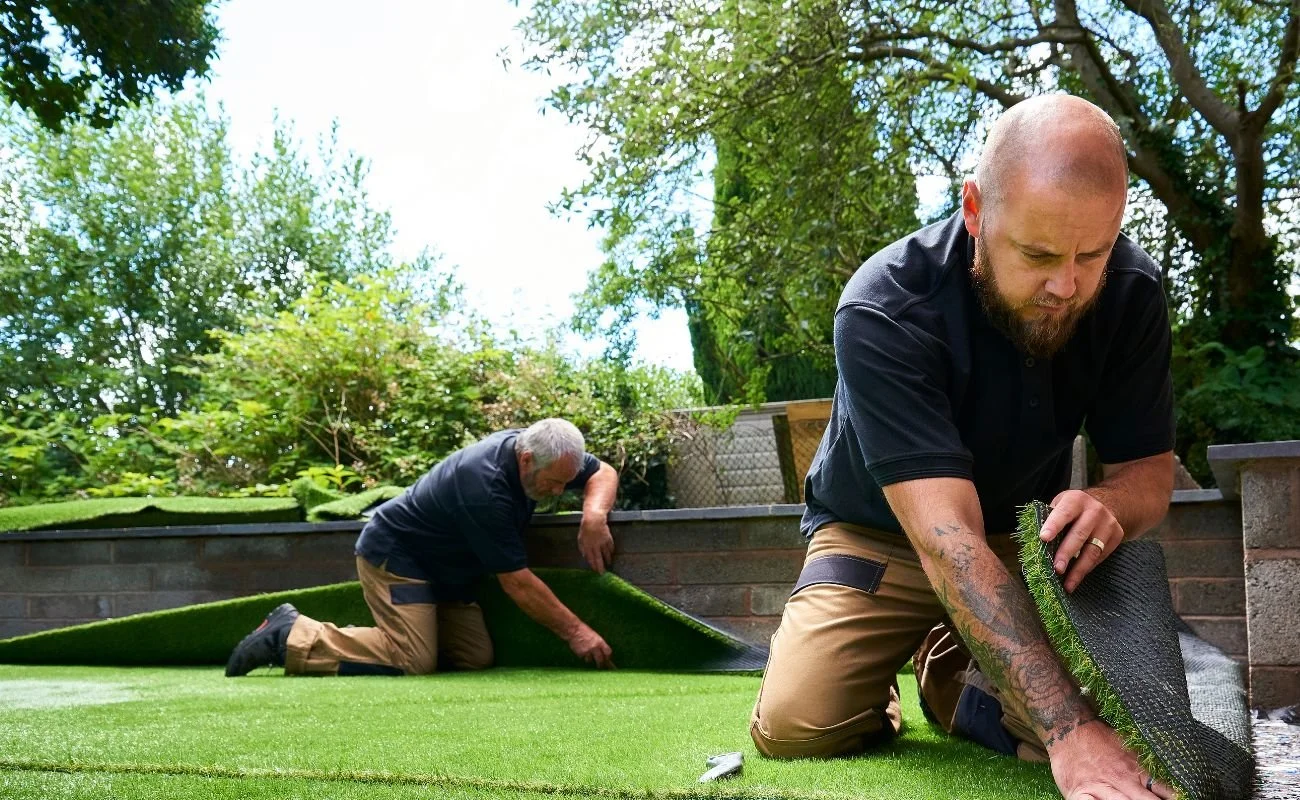You’re here because you’ve heard that a synthetic lawn can free up weekends, cut water bills, and keep your yard emerald-green all year. Before you place an order, though, there are 5 Things to Consider Before Getting Artificial Grass that will make or break your satisfaction. Knowing these factors upfront lets you choose the right product, budget correctly, and avoid unpleasant surprises later.
1. Upfront Investment vs. Long-Term Savings
Artificial grass typically costs more than natural sod at installation, and you’ll need to budget for site preparation, infill, and edging. On the flip side, you’ll save on mowing, irrigation, fertilizers, reseeding, and pest control for 15–20 years. Calculate how many seasons it will take your water and maintenance savings to cover the upfront price. If you live in a drought-prone area with high water rates, your break-even point arrives faster. Factor in local rebates for water-wise landscaping—many municipalities offer incentives that offset installation costs. By comparing lifetime ownership costs instead of sticker prices, you decide whether synthetic turf is a savvy investment for your household.
2. Climate and Sun Exposure Matter
Not all turf products handle extreme temperatures the same way. In full desert sun, some blades can exceed 150 °F, making playtime uncomfortable. Look for UV-stabilized fibers and heat-dissipating infills such as coated sand or cork to keep surface temps down. Heavy rainfall? Choose a backing with ample perforations—about 30–60 drains per square inch—to prevent puddling and mildew. If snow and freeze-thaw cycles are your reality, confirm the turf’s backing remains flexible in sub-zero conditions and that your base has proper compaction to avoid heaving. Matching product specs to your micro-climate ensures the lawn looks great and stays safe year-round.
3. Installation Surface and Site Preparation
A flawless finish starts beneath the blades. You’ll need to excavate existing grass, level the soil, and build a compacted, permeable base—usually 3–4 inches of class II road base or decomposed granite topped with a smoothing layer of fine grit. On balconies or concrete patios, you can often lay turf directly on the hard surface, but you still need drainage holes and adhesive or seam tape to hold everything in place. Skipping proper base work risks wrinkles, poor drainage, and tripping hazards. Decide whether you’ll DIY or hire certified installers; pros bring plate compactors, power brushes, and seam glue that most homeowners don’t own. Either way, preparation quality dictates how realistic and durable your new lawn feels underfoot.
4. Maintenance Realities and Expected Lifespan
Synthetic grass is “low maintenance,” not “no maintenance.” You’ll brush high-traffic areas every few weeks to keep fibers upright; you’ll rinse pet areas to minimize odors; you’ll remove leaves to prevent organic buildup that fosters weeds. The infill level settles over time, so plan to top-up every couple of years. Quality turf carries 8–15-year warranties, yet actual lifespan hinges on foot traffic, UV exposure, and upkeep. Sports-heavy households or dog-run zones may see wear sooner than a decorative front lawn. When the time does come for replacement, check whether local recycling programs accept polyethylene turf and sand-free infill, or if you’ll need a specialty recycler. Thinking through maintenance now keeps the “set-and-forget” myth from catching you off guard later.
5. Safety, Comfort, and Environmental Impact
Modern turf is lead-free and meets stringent child- and pet-safety standards, but always request independent test results before you buy. For play areas, consider ultra-soft blades plus shock-pad underlayment that meets fall-height ratings. Pet owners should look for antimicrobial backing and odor-reducing zeolite infill. Environmentally, artificial grass conserves water and eliminates fertilizers, yet it’s still a petroleum product. Eco-conscious buyers can select recyclable backings and organic infills like coconut husk or cork. If sustainability tops your list, confirm the manufacturer participates in a take-back program so your lawn avoids landfill at end-of-life. Balancing safety, comfort, and eco-impact ensures peace of mind long after installation day.
Make Your Move to Greener Living
By weighing these five factors—cost, climate, site prep, maintenance, and safety—you’re empowered to choose artificial grass that fits your lifestyle and values. Run the numbers, inspect product specs, and plan the install details now, and you’ll step onto a lush, resilient lawn that stays picture-perfect for years. Your weekends just opened up—enjoy them on a truly hassle-free patch of green.

